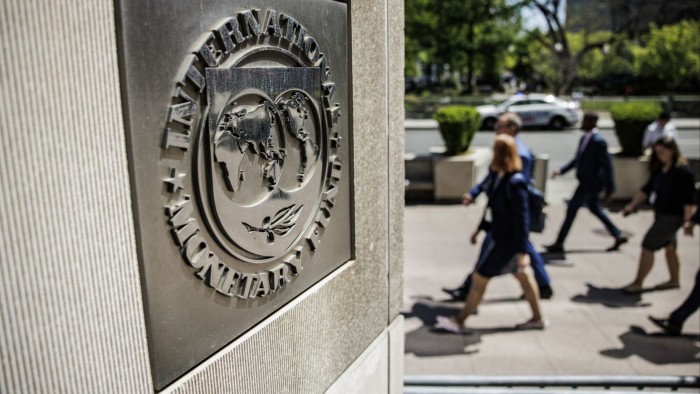The year 2025 may well get known as the ‘Year of tariffs’ considering how much President-elect Trump is looking at tariffs as a leveraging tool for issues all and sundry. Indeed, kicking off yet another of his tariff threats last month, this time specifically directed against India, Trump stated he would impose ‘reciprocal tariffs’ in return for the ‘high tariffs’ imposed by India. His Commerce Secretary pick Howard Lutnick chimed in saying that ‘reciprocity’ is something that was going to be a key topic for the Trump administration, rationalising ‘How you treat us is how you should expect to be treated’.
It is not clear if this is merely an opening gambit for a negotiation on tariffs on products of their export interest to the Indian market by the Trump administration that is soon to take office.
Or is there an expectation that, product to product, India charges the same tariff that the US does? If indeed such latter kind of reciprocity were to form the leitmotif for the Trump administration with all other countries then the expectation is that every WTO member charges the same or similar tariff for each product as the US.
All this goes against the schedule of tariff commitment package that each WTO member has taken and which have been accepted by others as part of the WTO compact. And such an expectation would also go against the principle of ‘less than full reciprocity’ for developing countries that have been followed in WTO negotiations.
It was under the Trump-1 administration that India was taken away from being a beneficiary of the US’ GSP (Generalized System of Preferences) programme in June 2019 for not providing “equitable and reasonable access” to its markets. India still has not been reinstated. During that period a document was also put out by the US in the WTO which claimed that members of G-20 should not be classified as developing countries.
It would be important for the incoming Trump-2 administration to first of all introspect if a lower middle income country (as per World Bank classification) like India with a GDP per capita of $2,480 could be classified as anything other than a developing country even if it is a G-20 member. While our political rhetoric would claim that we are the fifth largest economy, the plain fact is that India’s trade per capita as per the WTO is a mere $473. India has some way to go even to catch up with Indonesia, ranking next in G-20, with a trade per capita of $850 and GDP per capita that is $4,941, not to talk of Brazil, Argentina or South Africa with far higher numbers.
Trade deficit
Even more relevant for the purposes of India’s ‘high tariffs’ is the substantial level of trade deficit that India has overall globally compared to most other G-20 members. The Trump-2 administration should recognise that our high tariff levels are more to deter cheap imports from third country sources flush with over-capacities than imports from countries like the US. This is just as the US itself has realised the need for higher tariffs on steel, aluminium and a host of other products, some of which have been implemented beginning last year, against Chinese imports.
India can certainly indicate its preparedness to work with the US and show accommodation on specific products of interest to it, as we had done through the India-US trade policy dialogue meetings in recent years. Moreover, around the time of Trump’s official visit to India in February 2020, a mini-deal on trade between the two countries was talked about. That again could be another way to tackle the issue even as trade policy purists may argue about the WTO-compatibility of such deals.
Indeed in the last few years the India-US trade policy and commercial dialogues have focussed on building areas of convergence and arriving at mutual accommodation on differences. Seven bilateral trade disputes lodged with the WTO were settled. Bilateral MOUs on semiconductors and critical minerals were signed apart from forging high level cooperation on critical and emerging technologies. Advancing further in each of those directions may be far more mutually beneficial and productive. There is much good that can come from two large democracies, both also Quad members, working together.
That said, tariffs have been projected as central to Trump-2 administration’s strategy of boosting revenues, prioritising American manufacturing and reducing trade deficits. India shares similar end objectives such as boosting domestic manufacturing, increasing India’s exports and reducing our huge trade deficit. And the US is India’s largest trade partner.
Rather than pursuing a collision course, it may be prudent at this stage on India’s part to also examine areas where tariffs can be brought down to reduce our average tariff from its high level of 17 per cent now. This could also be accompanied by rectifying cases of inverted tariffs, something on which the government has been working on. A well-conceived overall tariff calibration is indeed a domestic need and could help to improve our own competitiveness and exports even as sectors needing protection are safeguarded. Doing that in the forthcoming Union Budget may be one way of showing responsiveness to Trump’s concerns.
Similarly, on the issue of the undocumented aliens in the US, an issue in which Trump has promised action, India needs to be concerned since Indians form the third largest among them, after those from Mexico and El Salvador. We would need to show greater readiness to address the issue from the Indian end. Cracking down on unscrupulous agents involved in such human trafficking also need action both from a larger domestic and bilateral interest perspective.
Optimistic stance
External Affairs Minister S Jaishankar has taken an optimistic stance on taking forward bilateral relations by noting that between two major economies like India and the US there will always be some give and take. That should be our hope and way forward, considering also the personal chemistry between President Trump and Prime Minister Modi. It would, however, be prudent to also develop a readiness strategy that factors in various other possibilities.
US imposing tariffs against third countries could for example provide some substitution opportunities for Indian exports. At the same time, such US tariffs could also result in those countries diverting their surpluses to markets like India for which safeguards need to be looked at. Furthermore, should any action gets taken against India itself in an arbitrary or unjustified manner by the incoming administration it would also be necessary to counter it in a calibrated manner.
Identifying possible products or services including e-commerce services for such a contingent counter-measure must also form part of our readiness plan.
The writer is a former Ambassador and is currently a Senior Fellow with the Delhi Policy Group








Leave a Comment